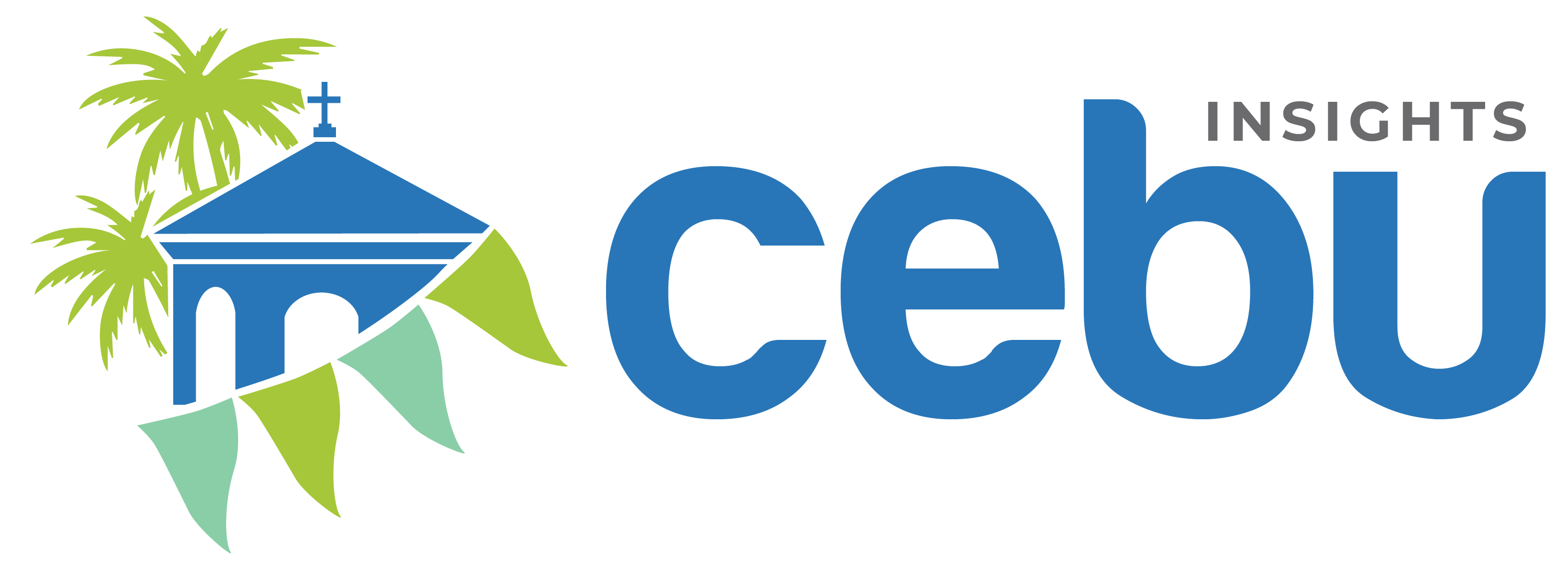The Archdiocesan Museum is where you can learn more about the history of Catholicism in Cebu.
The Philippines is predominantly Catholic. The church has had massive changes over the past millennia, but Catholicism is still the most practiced religion throughout the country.
A museum in Cebu has a collection of exhibits related to the Catholic faith, giving visitors a walk down memory lane to learn how religion has shaped the country’s culture and people today.
The Archdiocesan Museum of Cebu, also known as the Cathedral Museum, is housed in one of the oldest structures in downtown Cebu. It stands right across from the Cebu Metropolitan Cathedral, hence the nickname.
The museum is one of the oldest heritage sites in the city.
HISTORY
There have been no factual records of the building’s construction since it perished during the U.S. trial bombings in 1944.
However, a book entitled Balaanong Bahandi: Sacred Treasures of the Archdiocese of Cebu claims that Bishop Santos Gomez Marañon built the structure. Marañon is a well-known church builder who is said to have designed the cathedral, some churches in Oslob and Naga, the Argao belltower, and a convent in Sibonga.
The museum’s website also states that the building’s construction started in the 1800s, with a coral stone and wood design that was famous during the era.
The building once served as the Cathedral rectory, then as a convent for its priests. It also served as a temporary chapel while the cathedral was undergoing renovation.
The museum officially opened in 2006, serving as a symbol that empowers Catholicism in the Philippines through various exhibits and social gatherings.
WHAT IS INSIDE THE MUSEUM?
Most objects on display at the museum date back to Spanish colonization, which includes sacred images, vestments, and choir pieces donated by different parishes around Cebu.
The first exhibit is the Chapel of Relics. Aside from serving as a place for prayer, it houses 70 first-class relics owned by His Eminence Julio Cardinal Rosales, the first Filipino Cardinal in Cebu.
The relics are the physical remains of saints to whom devotees pay respect and offer intentions and petitions.
The chapel also has a pre-Vatican II altar with specific embellishments to make it look more distinct. You will also find images of Catholic figures, one of which is a bronze statue of Pope John Paul II.
There are more galleries on the second floor showcasing the evolution of Catholicism in the Philippines.
Upstairs, there are six more galleries behind the Cuna del Cristianismo or The Ecclesiastical Treasures of the Archdiocese of Cebu.
There is an exhibit dedicated to the late Archbishop Ricardo J. Cardinal Vidal. The gallery, also known as the Viam Veritatis Elegi, consists of items that Cardinal Vidal used during his tenure as Archbishop of Cebu from 1982 to 2010.
There are glass casings of his vestments and pictures depicting his life before becoming the Archbishop.
One gallery is called the De Cal Y Canto (Building the House of God). This exhibit showcases materials and items that were used in constructing churches during the Spanish era. These include blocks of limestone, outdated machinery, and recovered debris.
Another gallery is a curation of sacred statues of saints and other notable individuals who practiced Catholicism. You will find several images of Mother Mary, a statue of St. Joseph on his deathbed, and a bust depicting Ecce Homo.
There is also an exhibit dedicated to items used during church masses. You will find many chalices, choir books, vestments, and items that were carried by priests and altar boys during the Spanish era.
Here is a picture of an old skull cap (also known as zucchetto) and rosary that Pope John Paul II gave Cardinal Vidal during a private meeting.
You can learn about the lives of early Catholics through the paintings of Martino Abellana, who is considered “The Dean of Cebuano Painters.” The Gallery of Religious Arts and Images features his work, as curated by Msgr. Virgilio Yap, the museum’s first director.
The last gallery is the Priestly Life, depicting the personal lives of priests in Cebu. Wooden furniture and personal items recreate their bedrooms to show their simple lifestyles during the Spanish colonization.
With business establishments pushing through a more digital age, the Archdiocesan Museum of Cebu offers digital tours with its Panaw sa Pagtuo. The program started in line with the 500th Anniversary of Christianity in the Philippines in 2021.
There is also a garden outside if you want some fresh air after touring around the museum. You will find a couple of church bells from bygone eras at the back.
WHY IS THIS IMPORTANT TO CATHOLICISM IN CEBU?
The Archdiocesan Museum of Cebu is a way for devout Catholics and tourists to understand what has changed in the church over the years.
The exhibits offer a fascinating look into the lives of priests, the structural changes of parishes, and the items used in eucharistic celebrations in Cebu.
A museum like this preserves Catholicism for many years to come. It shows the development of religion from the early days of Spanish rule up to the 21st century.
The Cathedral Museum is in an accessible location and it’s a great place to learn about the history of Catholicism in Cebu.
HOW TO GET THERE:
Exact Location:
P. Burgos Street, Cebu City
Operating Hours:
8:00 AM – 5:00 PM
Entrance Fee:
₱50
- JEEPNEY
You can ride any jeepney heading to downtown Cebu. Your best option is the 12I route, which you can take on Colon Street. This will take you directly to the museum.











